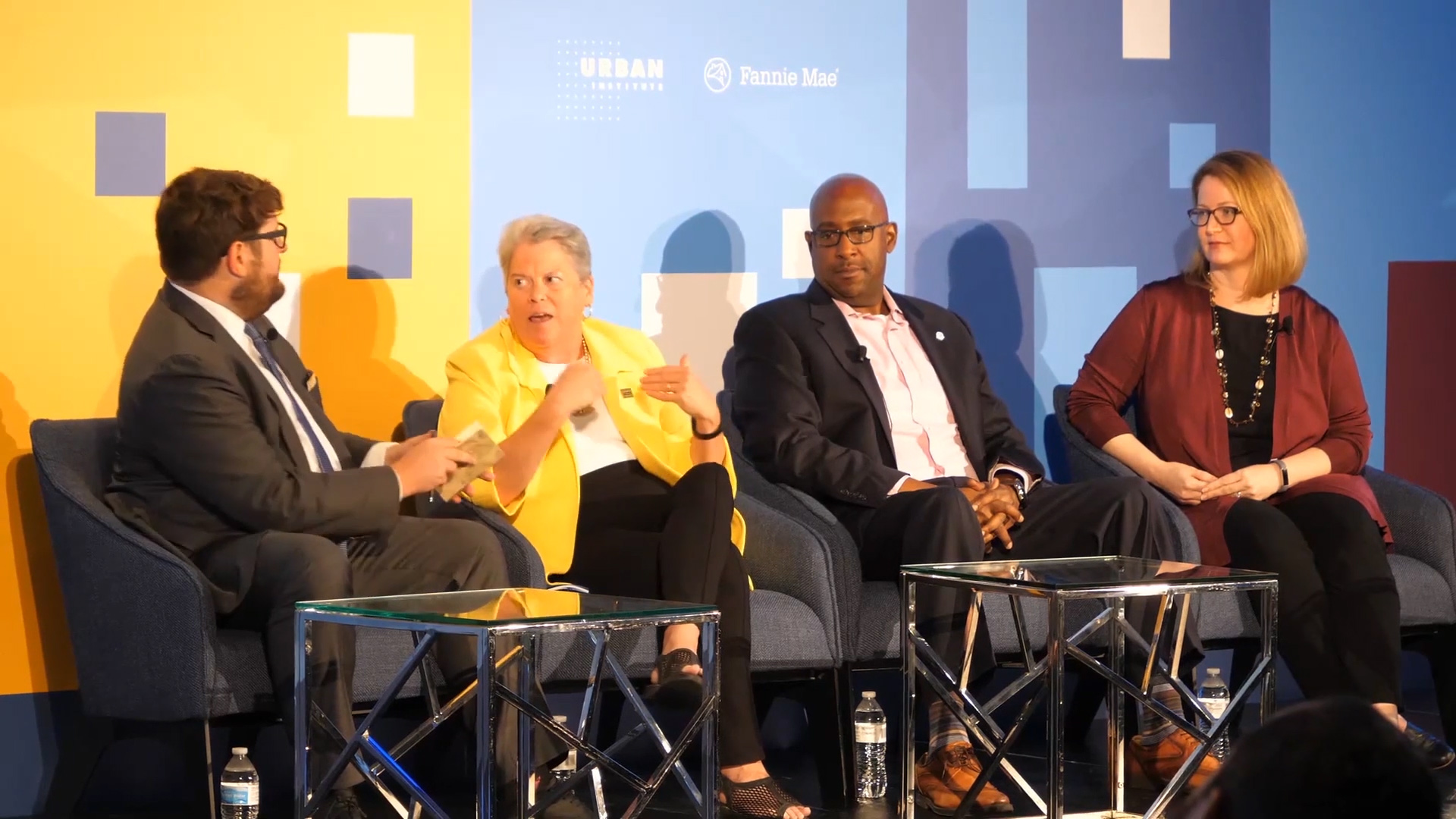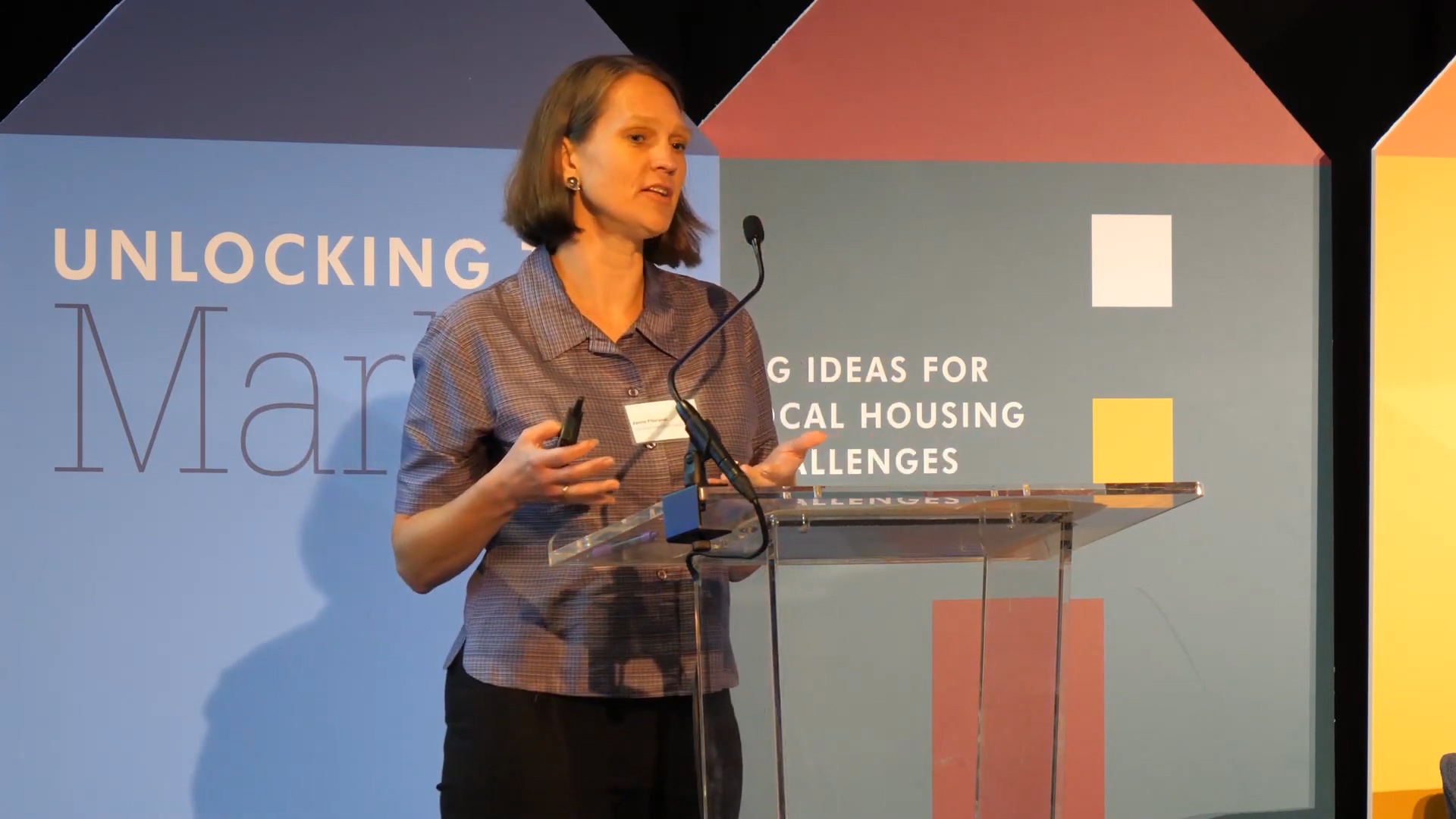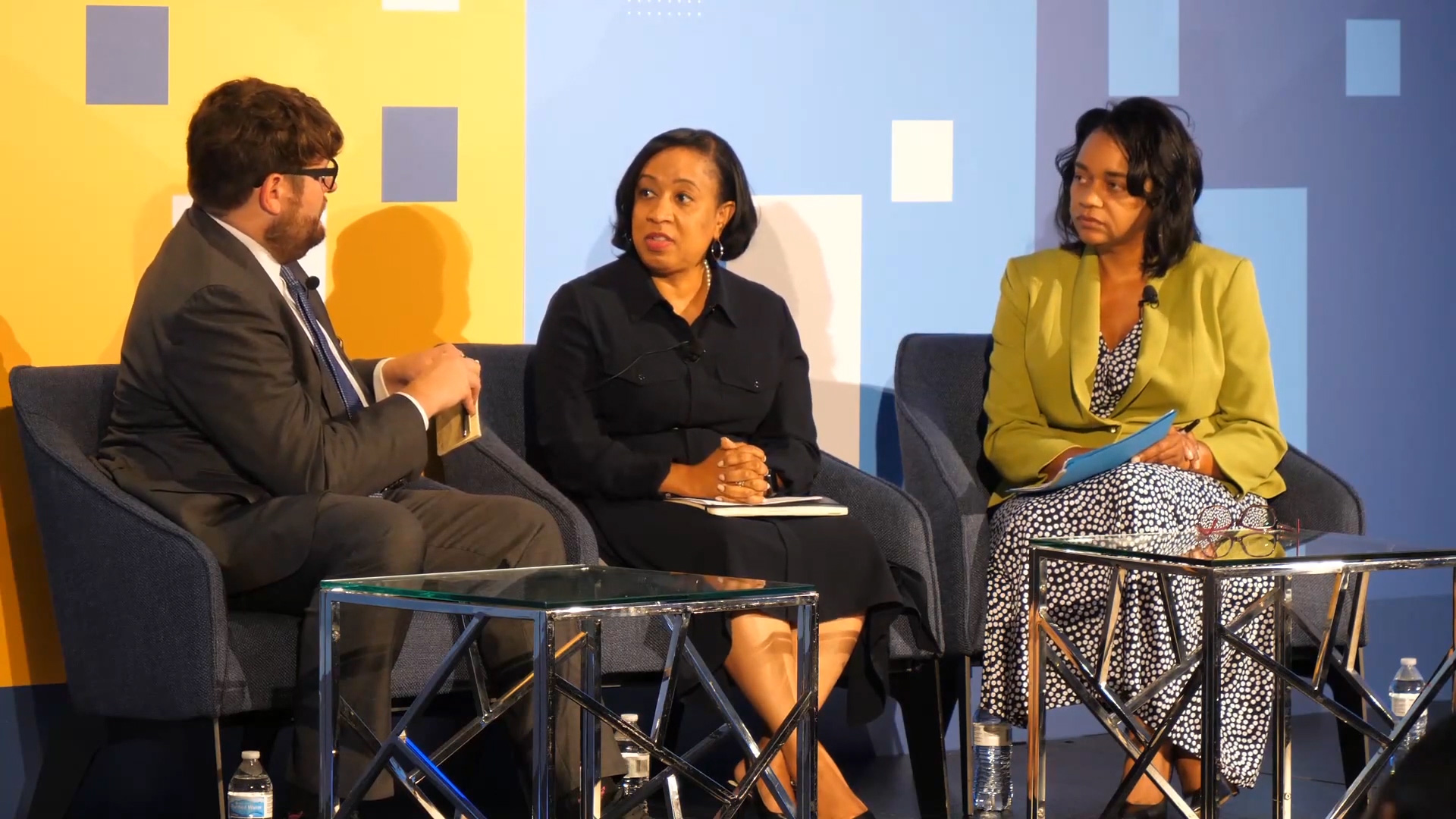Can New Trends and Technologies in Construction Achieve Scale?
Advances in building materials, technologies, and techniques have the potential to transform construction. Yet few advances in homebuilding have achieved the scale needed to address the country’s massive shortage of affordable housing — at least not yet.
That was what panelists at the InnovateHousing conference, presented by the Washington Center for Real Estate Research and Fannie Mae, concluded. These pioneers in home construction contend that widespread adoption of new building methods and materials could make housing substantially less expensive, citing the success of such methods in Europe and elsewhere. But that will take time and capital.
Scale through partnerships
Greg Howes, a partner at building component fabricator CutMyTimber, believes partnerships are the key to growth in the prefab supply chain. Howes’ company is part of a growing segment working with cross-laminated timber — multiple layers of lumber bonded together into strong, fire-resistant building components. Fabricated using computer-aided manufacturing, cross-laminated timber is being explored as a less labor-intensive alternative to conventional materials like concrete and steel in mid-rise buildings.
To achieve scale, said Howe, “You need to identify the partners who are also very digital and willing to look at new processes. A lot of the industry isn’t, but I think you can carve out a niche where you’re introducing some levels of efficiency and then grow through partnerships.”
Scaling up while staying lean
When it comes to growth, Don Bunnell of NODE is always conscious of the history of the modular building industry, where many companies focused on high-volume production and then struggled to weather slowdowns in the market.
“Inevitably, a housing downturn will happen, and we don’t want to be in a place where we’re holding a bunch of capital assets, that’s a tough place to be as a company,” Bunnell said.
To avoid the mistakes of the past, Bunnell’s company — a Seattle-based startup developing a flat-pack system for housing — plans to stay lean: “It’s about staying lean through capital efficiency and making home-building much, much more efficient and faster.”
Standards support scalability
Ryan Colker, Vice President of the International Code Council (ICC), sees an opportunity for building codes and standards to support scalability and predictability. “A lot of folks would look at codes as barriers,” said Colker. “But when you’re looking to move an entire marketplace forward, it’s critical to have standards in place that can support predictability for folks who are entering with new technologies.”
Colker is particularly focused on more uniformity in offsite construction spaces, from design and construction to planning, permitting, and inspections. He cautions that it has been a huge challenge to get the market engaged but knows the effort is worthwhile. “To be able to support advancements, having a predictable model across various jurisdictions is certainly a huge benefit,” Colker said.
Technology aids startups
Construction technology startup Katerra has acquired over 20 businesses in the past two years, according to Mollie Fadule, Head of Affordable Housing for Katerra. Applying technology at this scale to all aspects of construction creates immense efficiencies. Integrating each link in the value chain —and innovating within those areas, removes unnecessary costs and time.
While not all companies are as large as Katerra, technology can aid any sized company in its growth. In the past, getting construction tech startups off the ground “was a highly capital-intensive business,” Fadule said. “Now folks can start businesses with smaller amounts of capital by using advanced calculations through cloud computing. That has allowed for innovation to happen across numerous levels instead of just the largest companies with the most amount of capital trying to innovate.”
Fadule believes the time for new technologies and methods for construction homes has finally come. “You’re seeing a lot of money now being invested in the space,” she said. “It’s more than we’ve ever seen. And that, to me, is a sign that we’re ripe for disruption and there’s a lot of good things happening.”
Disclaimer: The views and opinions expressed in this article are those of the panelists and do not necessarily reflect the official policy or position of Fannie Mae.























